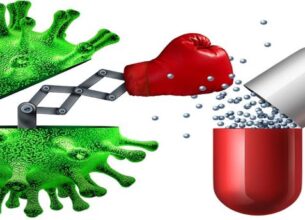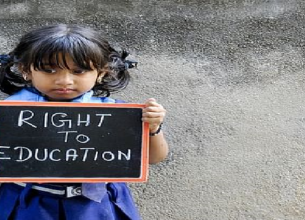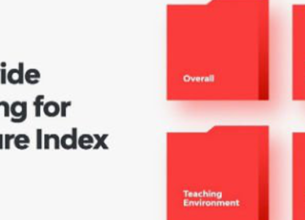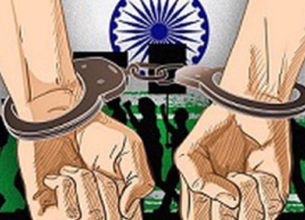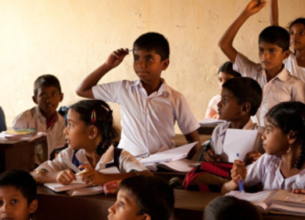STATUS OF GOVERNMENT SCHOOLS IN INDIA
10, Mar 2020
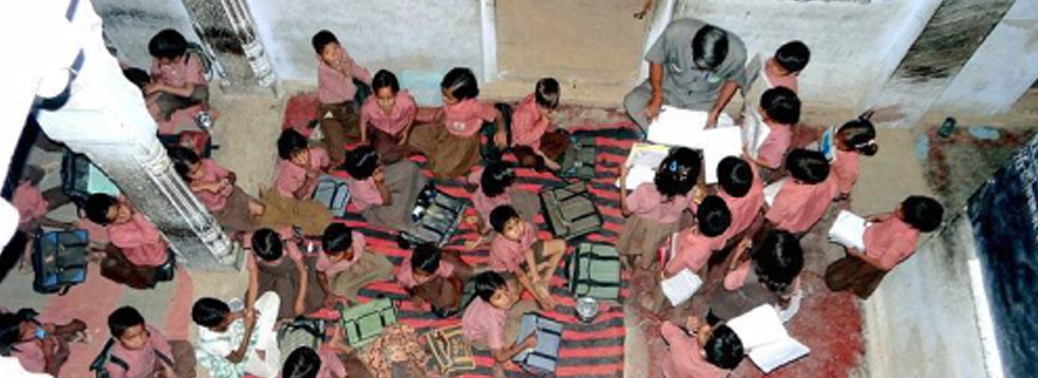
Prelims level : Schemes
Mains level : GS-II Government policies and interventions for development in various sectors and Issues Arising out of their design and Implementation.
Why in News?
- The Parliamentary Standing Committee on Human Resource Development (HRD) recently submitted its report on the 2020-2021 demand for grants for school education to the Rajya Sabha and has made various observations on state of government schools in India.
What are the Key Findings?
- Almost half the government schools in the country do not have electricity or playgrounds.
- The budgetary allocations saw a 27% cut from proposals made by the School Education Department, despite proposals for 82,570 crore, only Rs. 59,845 crore was allocated.
- There is slow progress in building classrooms, labs and libraries to strengthen government higher secondary schools.
- Overall, for the core Samagra Shiksha Scheme, the department had only spent 71% of revised estimates by December 31, 2019.
- India is also dealing with a scenario of significant teacher vacancies, which are to the tune of almost 60-70 per cent in some states.

About Samagra Shiksha Abhiyan:
- Samagra Shiksha is an integrated scheme for school education extending from pre-school to class XII to ensure inclusive and equitable quality education at all levels of school education.
- It subsumes the three Schemes of Sarva Shiksha Abhiyan (SSA), Rashtriya Madhyamik Shiksha Abhiyan (RMSA) and Teacher Education (TE).
- The scheme treats school education holistically as a continuum from Pre-school to Class 12.
- The main emphasis of the Scheme is on improving the quality of school education by focussing on the two T’s – Teacher and Technology.
What are its Key Recommendations?
- Core schemes should get additional funds at the revised estimates stage.
- HRD Ministry should collaborate with the Mahatma Gandhi National Rural Employment Guarantee Scheme to construct boundary walls.
- It should also work with the Ministry of New and Renewable Energy to provide solar and other energy sources so that schools have access to power.
What is the Concern?
- The learning crisis is evident in the fact that almost half of the children in grade 5 in rural India cannot solve a simple two-digit subtraction problem, while 67 per cent of children in grade 8 in public schools score less than 50 per cent in competency-based assessments in mathematics.
Need of an Hour:
- The Delhi Model of Education:
- For too long, there have been two kinds of education models in the country: one for the classes and another for the masses. The AAP government in Delhi sought to bridge this gap.
- Its approach stems from the belief that quality education is a necessity, not a luxury. Hence, it built a model which essentially has five major components and is supported by nearly 25% of the State Budget.
- Key components of the model:
1. Transformation of school infrastructure.
2. Training of teachers and principals.
3. Engaging with the community by reconstituting school management committees (SMC).
4. Curricular reforms in teaching learning.
5. No fee increase in private schools.



